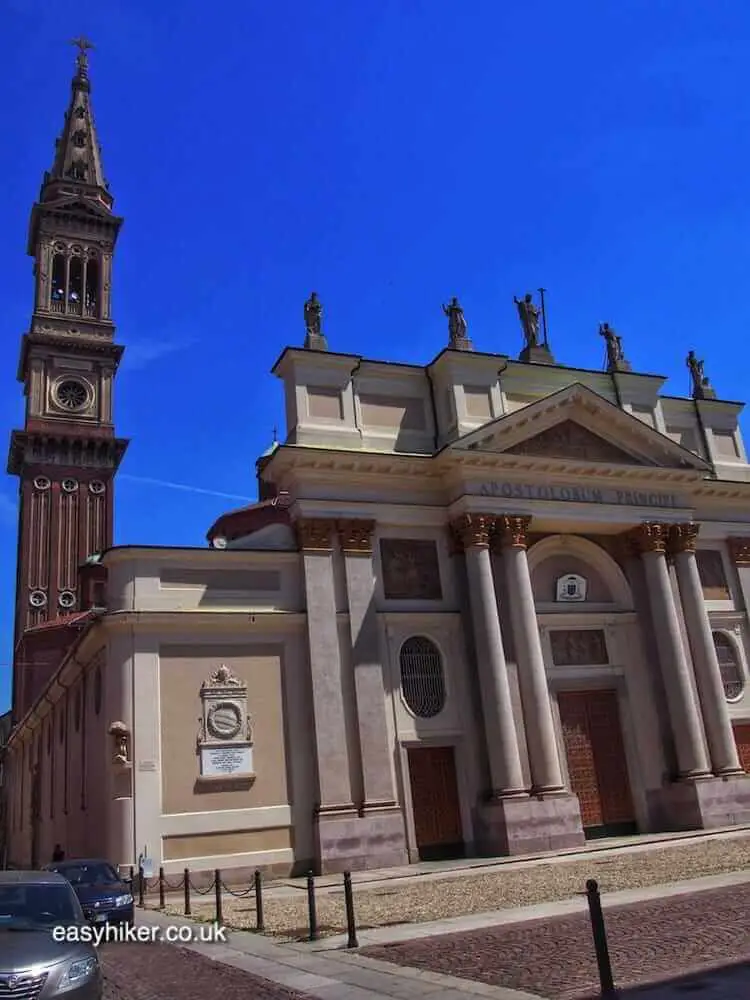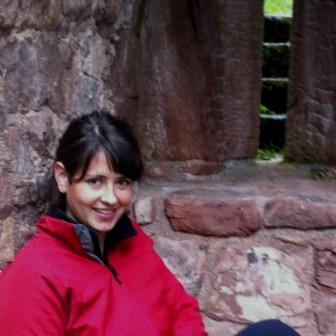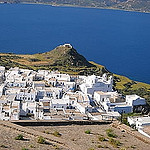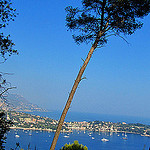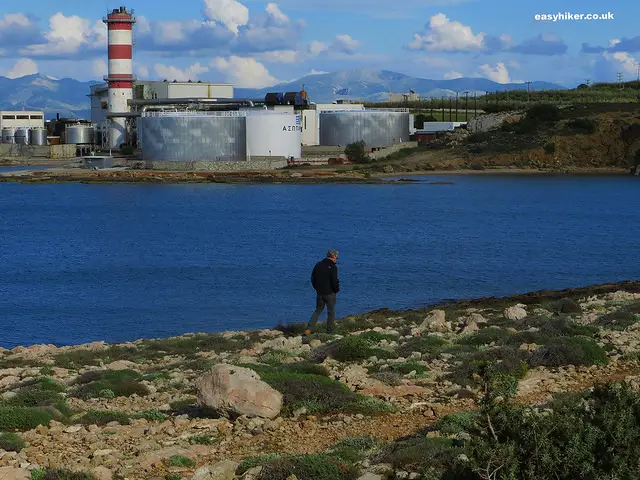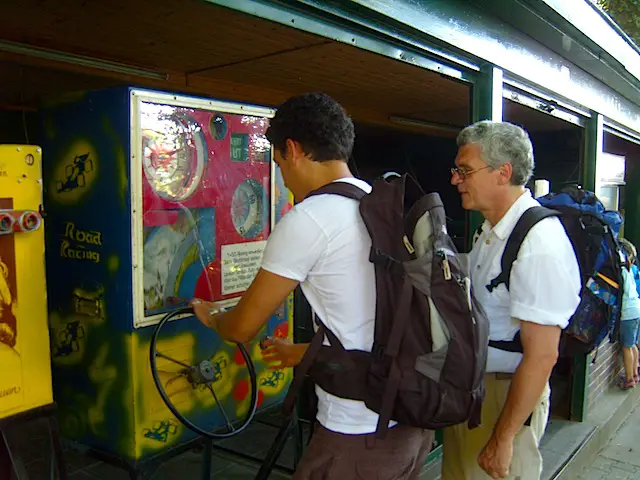A few posts ago I told you what made Italy, for us, the perfect travel destination: that wherever you go, no matter how unfancy the place may seem, you will find something beautiful and interesting.
Last week, we decided to put that to the test.
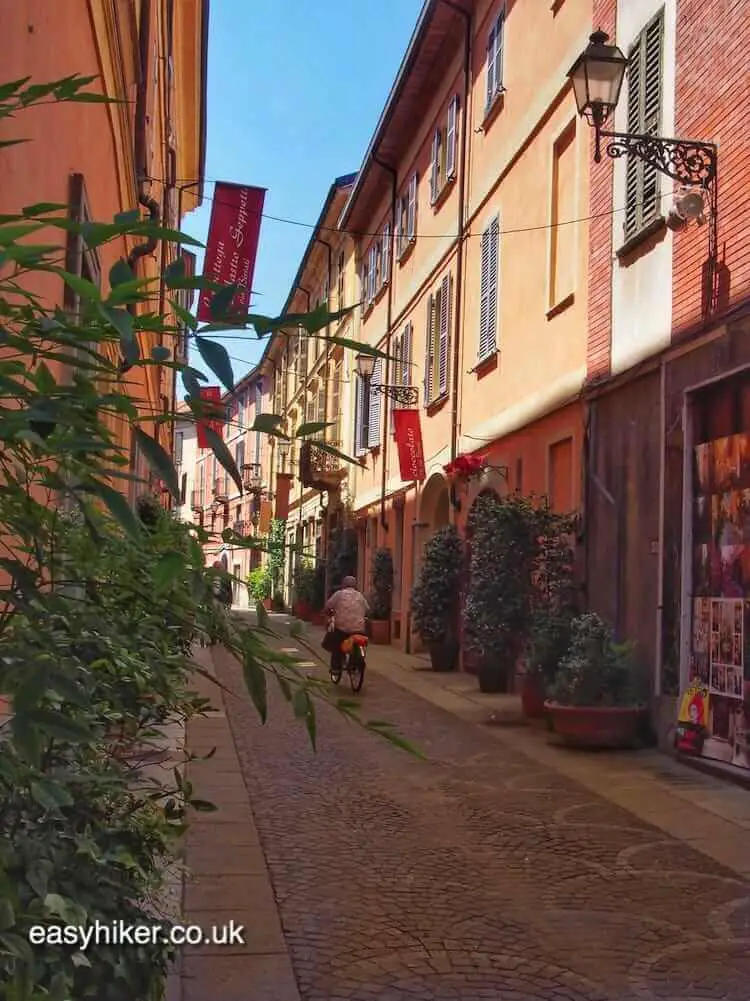
The county of Southern Piemonte is one of Italy’s forgotten regions. Tourists prefer sunny Liguria and the Alpine foothills of Central and Northern Piemonte, and there is not enough ground between the two to recommend a stopover, so these visitors simply rush through.
Are they missing much – and if so, what? The landscape is certainly flat and uncharming. From the train, you see little that says: next time, stop HERE to have a good time.
So it was with mixed feeling that we arrived at Alessandria, one of the region’s three district capitals.
Discovering Southern Piemonte in Alessandria
At first glance, Alessandria is a pleasant but – in frankness – unremarkable town, ticking most boxes in the catalogue of criteria for the definition of “provincial” It has small-scale imitations of metropolitan features such as a shopping arcade that boasts of its stylistic links with Milan’s Galleria Vittorio Emmanuele (which is roughly one hundred times as large) …
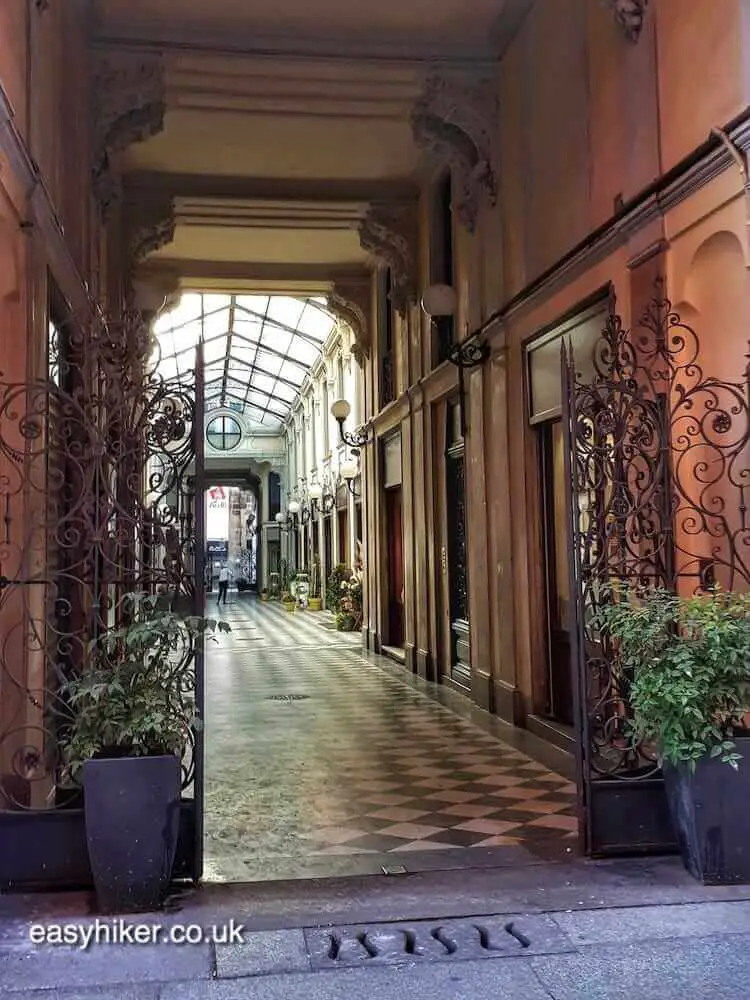
… a showpiece of contemporary architecture …
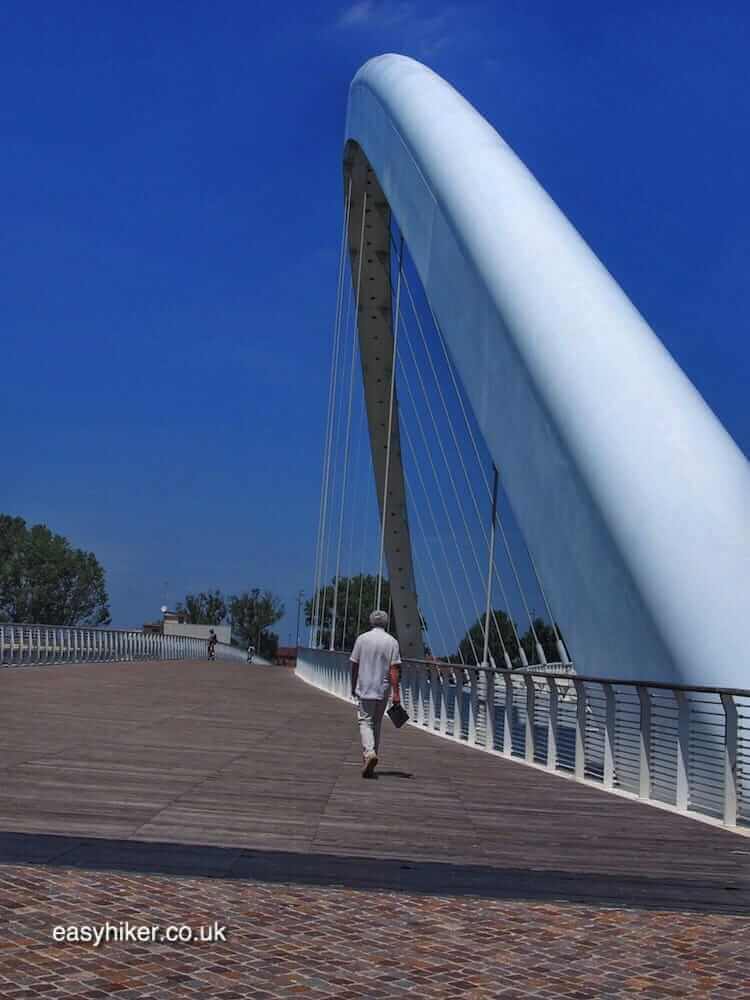
… and, as a unique selling point, a slightly dotty museum. (If thats are your fancy, you have certainly come to the right place: Alessandria is where the famous Borsalinos are made.)
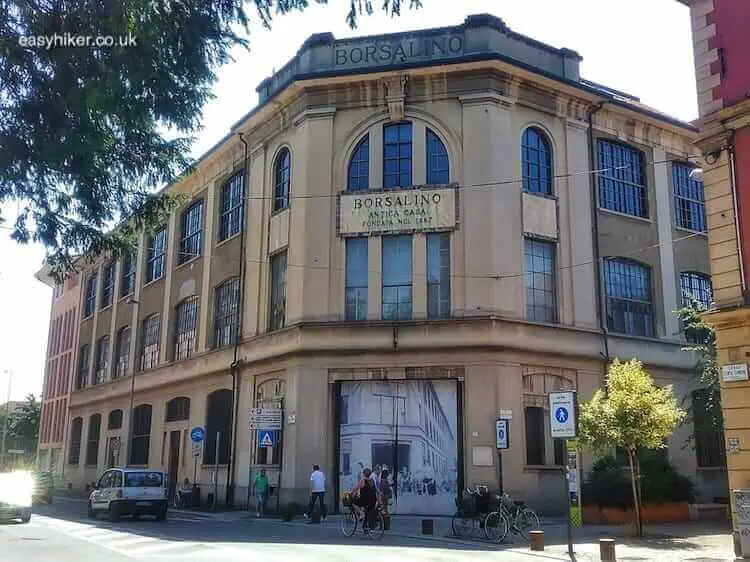
If you dig a little deeper in discovering Southern Piemonte however, you will soon discover that there is more to Alessandria than mere cliché.
You will begin to wonder why, for example, Alessandria – unlike practically all other Italian cities – appears to be largely made of bricks. Brick is an unusual material for buildings of prestige such as churches …
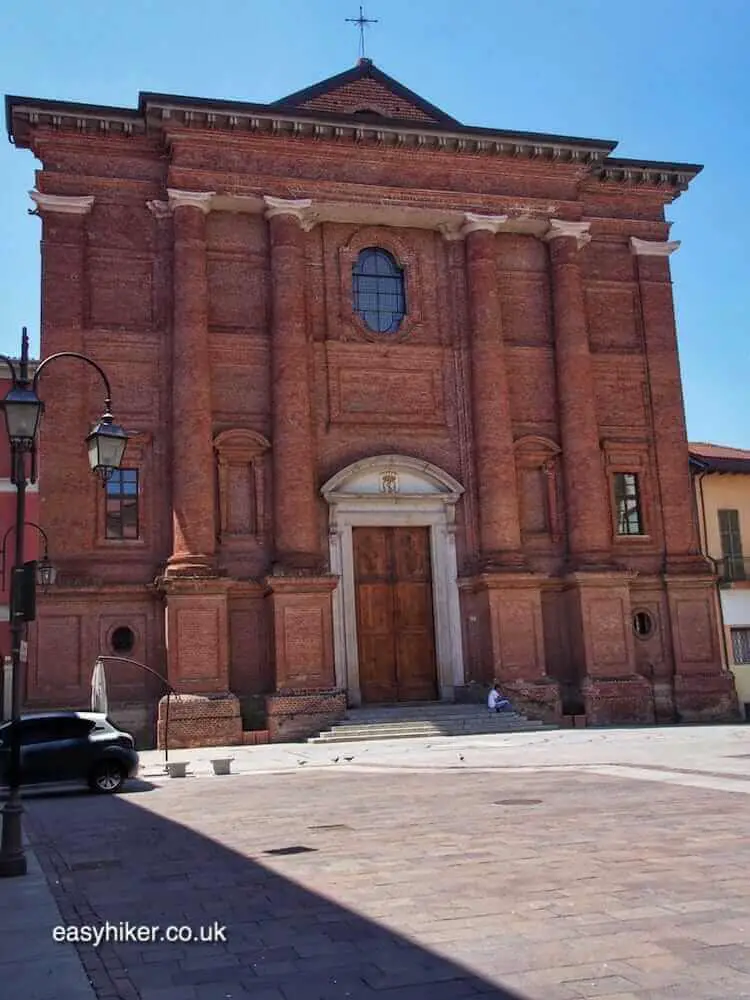
… and yet, several of those exist here in a variety of styles …
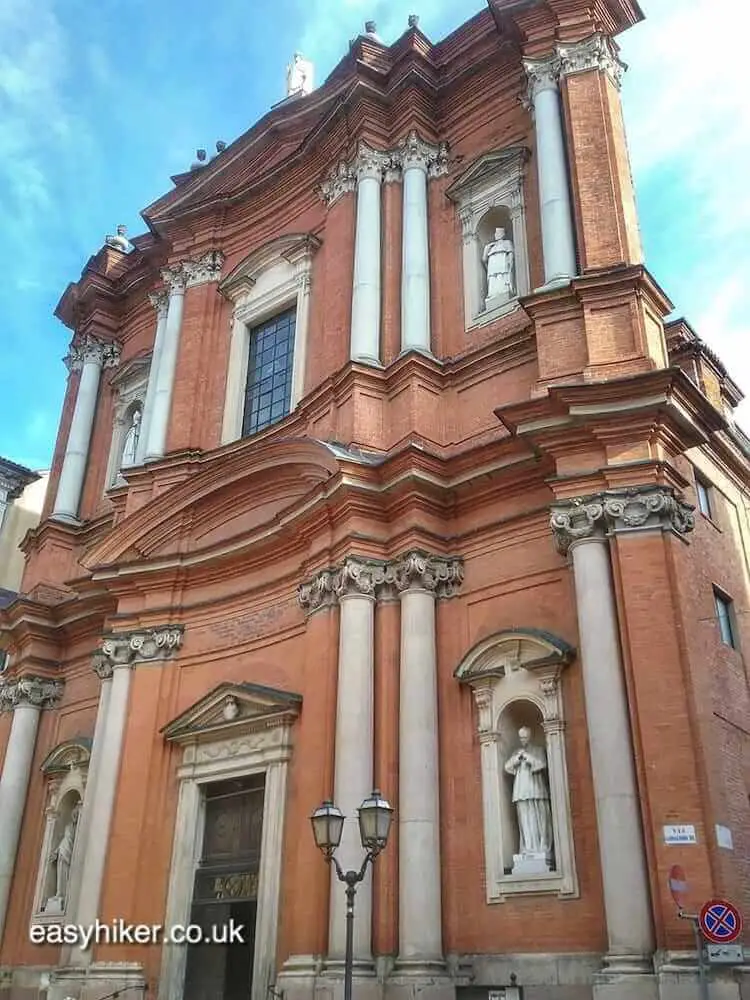
… as though Alessandria was located near the Baltic Sea where they have done this sort of thing for centuries.
In its municipal park, Alessandria also has a statue to honour and remember a citizen who appears to have been Southern Piemonte’s most dapper cowboy (I wonder if they called him Django) …
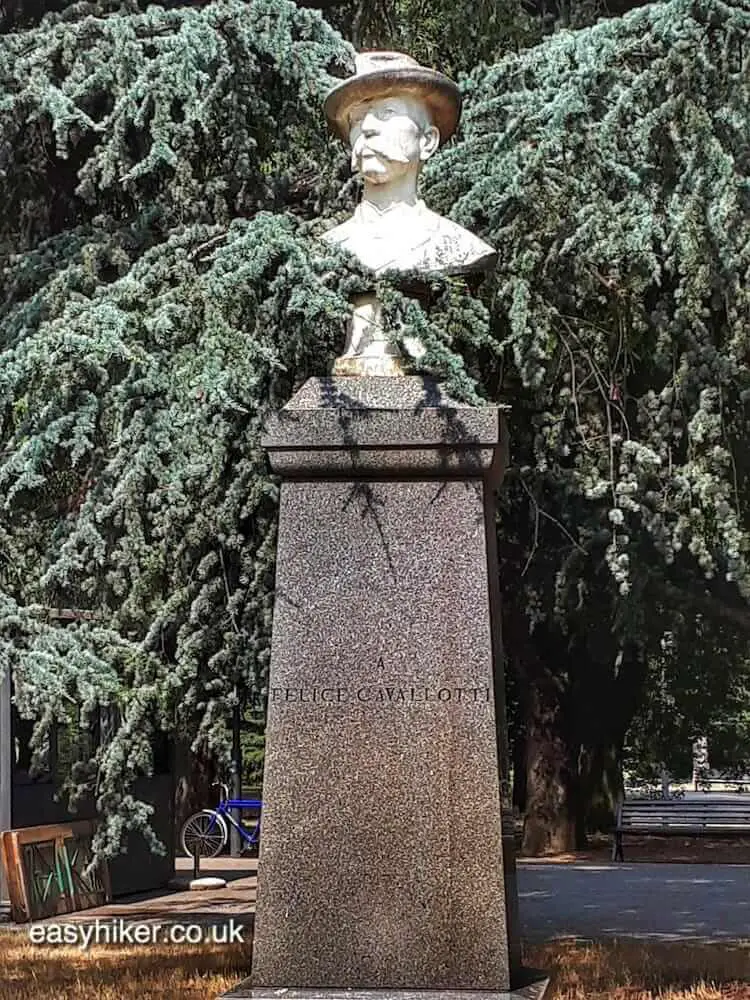
… but above all, it has the Citadella.
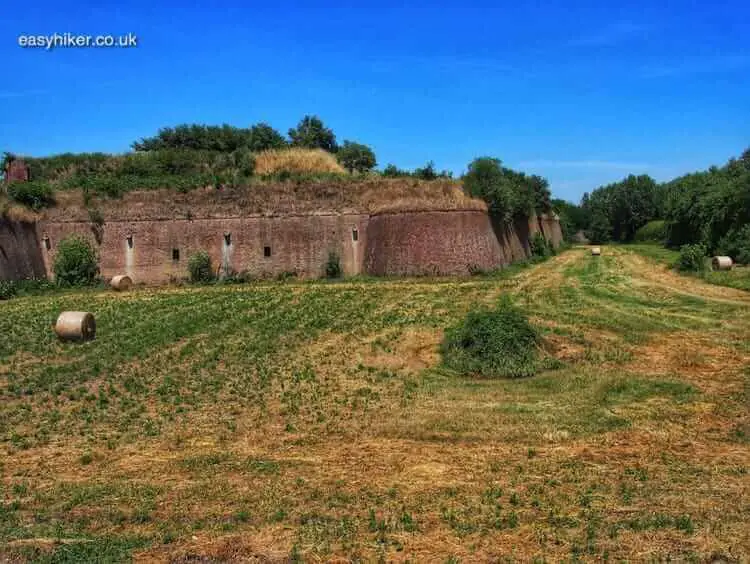
The Citadella was built in the 18th century when Alessandria was part of the Kingdom of Sardinia. (How did they get here? Apparently, it all goes back to the Sardinian-Catalan war, another one of these near-surreal episodes that make Italian history such a riot.)
Today, it is one of the few early modern fortresses that have been preserved in their entirety and in their original environment, providing the visitor with a unique experience of what military life must have looked and felt like 300 years ago.
(Personal impression: it must have been an almost unspeakably stale and monotonous sequence of daily routines and rituals, even more so – if that is possible – than military life today.)
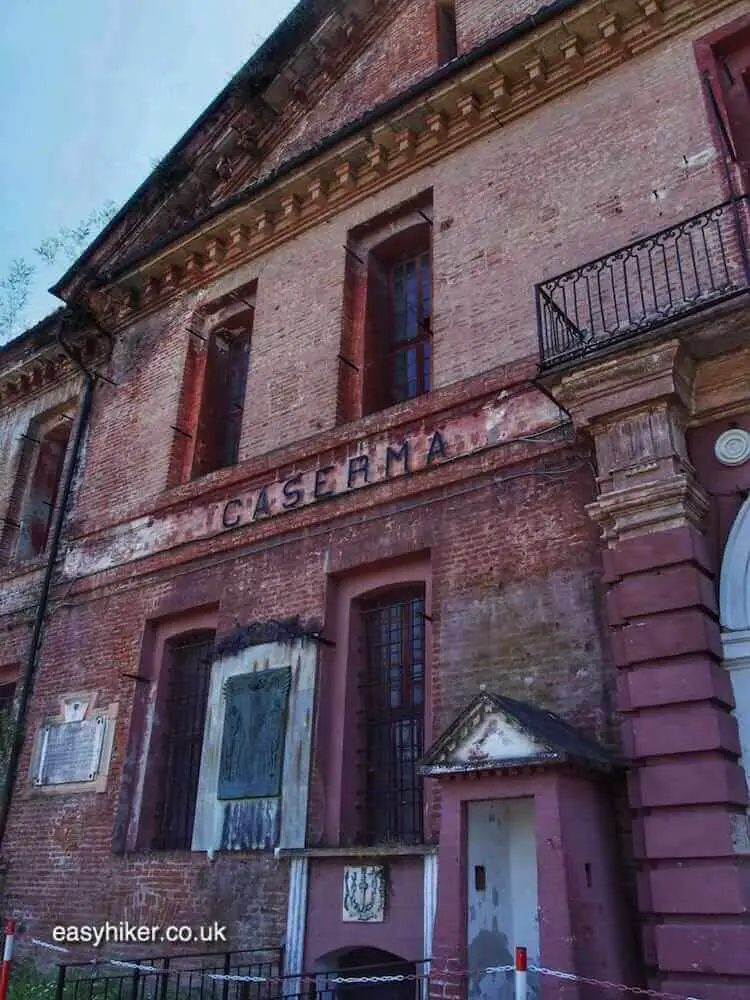
The star-shaped fortress built next to the Tanaro river on an enormous site (it spreads over almost 1 square kilometre), was originally designed to protect the Sardinians’ new mainland possessions against foreign foes.
It passed its first test with flying colours when it withstood a French-Austrian army in 1745 for seven months although it had not even been fully completed. (This happened during the War of the Austrian Succession.
Why was this fought out in Italy, and what, more specifically, does Alessandria have to do with that? Ah, another long story …)
At the time, the fortress was protected by a complicated system of moats and underwater tunnels, something that came in handy for Napoleon later on when he turned the Citadella into France’s “gateway to the east”.
The building even survived heavy German bombardment towards the end of WWII, unlike many other parts of Alessandria that were destroyed, and was only decommissioned from military service in 2007.
That’s how solidly it was built! (Largely made of brick, of course.)
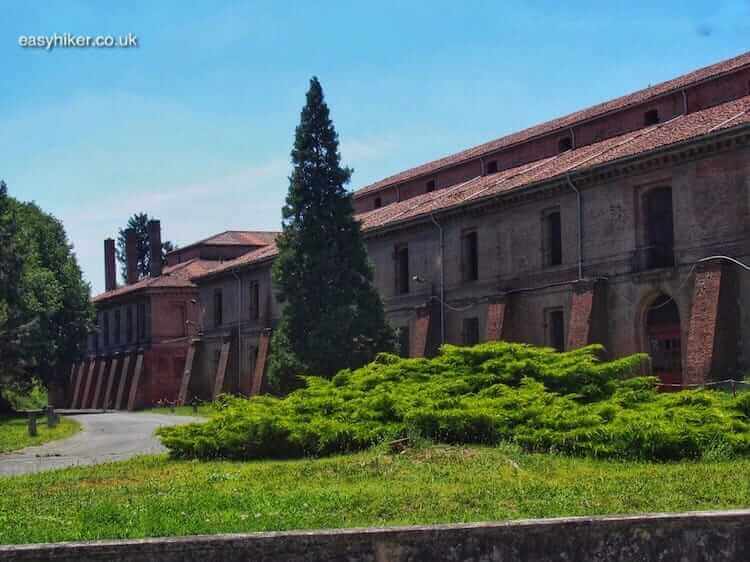
There is a lot to see inside the citadel, and you are more or less free to roam beyond the interior walls to explore the rest of the site as well.
There are some signs around which tell you not to, however, and you should observe these instructions even though there appears to be no good reason why you must not cross the low-hanging chains and even though nobody is around to enforce these seemingly arbitrary rules.
After all, we are in the country of iron self-discipline, and when in Italy, you should always do as the Italians do.
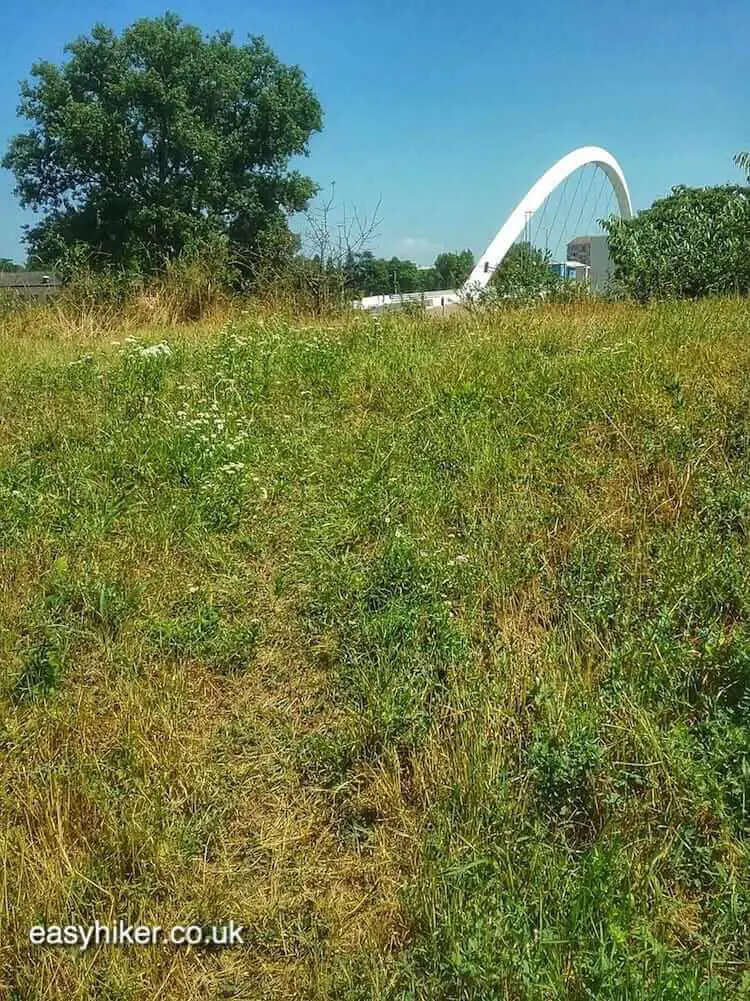
On your way back to town, immediately before you reach the Tanaro bridge – Alessandria’s town centre starts on the far side of the bridge and is only a short walk away – you will find a reasonably priced Japanese restaurant where you can have lunch.
Strangely, Alessandrians – unlike most other Italians, in our observation – appear to be very fond of faraway cuisines and have a specific preference for Japanese food which is served by well over a dozen eateries in town.
Why is that? We asked around, but nobody who could understand our broken Italian appeared to have a clue. We shall file this away as another unresolved Southern Piemontese puzzle then. A bit more effort in Discovering Southern Piemonte
There is, after all, more to Alessandria than meets the eye.
